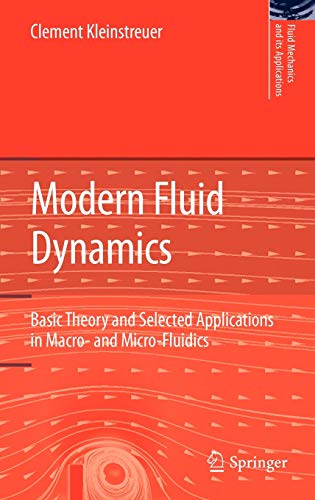

Most ebook files are in PDF format, so you can easily read them using various software such as Foxit Reader or directly on the Google Chrome browser.
Some ebook files are released by publishers in other formats such as .awz, .mobi, .epub, .fb2, etc. You may need to install specific software to read these formats on mobile/PC, such as Calibre.
Please read the tutorial at this link: https://ebookbell.com/faq
We offer FREE conversion to the popular formats you request; however, this may take some time. Therefore, right after payment, please email us, and we will try to provide the service as quickly as possible.
For some exceptional file formats or broken links (if any), please refrain from opening any disputes. Instead, email us first, and we will try to assist within a maximum of 6 hours.
EbookBell Team

4.3
68 reviewsThis textbook covers essentials of traditional and modern fluid
dynamics, i.e., the fundamentals of and basic applications in fluid
mechanics and convection heat transfer with brief excursions into
fluid-particle dynamics and solid mechanics. Specifically, it is
suggested that the book can be used to enhance the knowledge base
and skill level of engineering and physics students in macro-scale
fluid mechanics (see Chaps. 1–5 and 10), followed by an intro-
ductory excursion into micro-scale fluid dynamics (see Chaps. 6 to
9). These ten chapters are rather self-contained, i.e., most of the
material of Chaps. 1–10 (or selectively just certain chapters) could be
taught in one course, based on the students’ background. Typically,
serious seniors and first-year graduate students form a receptive
audience (see sample syllabus). Such as target group of students
would have had prerequisites in thermodynamics, fluid mechanics
and solid mechanics, where Part A would be a welcomed refresher.
While introductory fluid mechanics books present the material in
progressive order, i.e., employing an inductive approach from the
simple to the more difficult, the present text adopts more of a
deductive approach. Indeed, understanding the derivation of the basic
equations and then formulating the system-specific equations with
suitable boundary conditions are two key steps for proper problem
solutions.